(CPV) - Vietnam has “committed to reducing global methane emissions” with the goal of contributing to a reduction of at least 30% of total methane emissions by 2030 compared to 2020 levels in crop and livestock farming, solid waste management, wastewater treatment, oil and gas exploitation, coal mining and fossil fuel consumption.
To achieve the above goals, rice farmers in Dong Nai are still making constant efforts to change traditional farming methods, apply science and technology to farming, and limit environmental pollution from rice cultivation activities. In particular, there are farmers who consider it a "big job" that cannot be avoided.
In the autumn-winter rice fields entering the flowering stage of Song Ray commune, Cam My district, Dong Nai , Ms. Dong Thi Uyen is diligently digging out each tree stump and examining each leaf. At this time in previous years, rice blast and brown planthopper diseases have begun to appear and cause damage. But this year, thanks to good care, management and disease prevention, her family's 8 sao of rice are still green.
Sitting on the edge of the field, Ms. Uyen excitedly shared: “Perhaps in the past 2 years, the rice fields have been enriched with nutrients, the air is no longer polluted by dust from burning straw and pesticide residues, so the rice plants are healthier, more lush, and more resistant to diseases.” According to Ms. Uyen, this result is thanks to her and her husband’s bold change in thinking. For her, it is a “big thing” that she has done after many years of working in the fields.
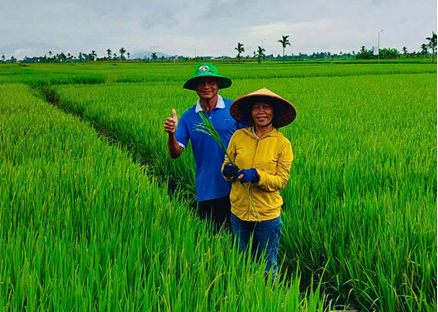 |
| Dong Thi Uyen and her husband are excited because this year's Autumn-Winter rice crop is good, with expected high yield. (Photo provided by the character) |
Like many other farmers in the area, Ms. Uyen used to burn straw right in the field after each harvest. Although burning straw is considered a quick method of cleaning the field, it has many negative impacts on the air and land.
Since the beginning of 2023, Ms. Uyen and many people in Cam My district, Dong Nai province have participated in many technical training sessions on "Assessing the current situation and proposing solutions to minimize the impact of open burning and the use of pesticides in agriculture on climate change, human health and biodiversity in Vietnam". At the training courses, experts analyzed and helped farmers realize the huge harmful effects of straw burning on the environment, land and human health. Straw burning not only destroys organic matter and nutrients in straw but also causes soil hardening, reducing soil fertility in the long term. This forces farmers to use more chemical fertilizers and pesticides to compensate, thereby increasing production costs and the risk of pollution due to chemical abuse.
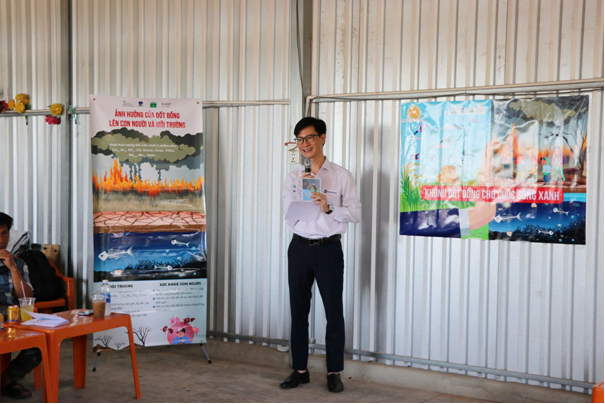 |
| Experts share in a training session for people about the harmful effects of straw burning on humans and the environment. (Photo: HH) |
Ms. Uyen and other rice farmers in Cam My were also instructed on how to process post-harvest straw in many ways, such as composting it to make fertilizer, using it as animal feed, or using it as a substrate for growing mushrooms. Experts also introduced the process of using pesticides properly to minimize negative impacts on the environment and health.
After 2 years, Ms. Uyen has boldly changed her mindset in agricultural cultivation. This is something that not everyone is willing to change due to barriers in habits, customs as well as production costs. On 8 sao of rice grown three times a year, she has applied the method of treating straw right on the field with microbial products to become fertilizer to help improve fertility without burning, using an integrated pest management process and balancing nutrition for rice plants with microbial organic fertilizers. This method helps rice plants grow better without increasing the amount of pesticides.
Although initially, many people were skeptical about the effectiveness of this method, Ms. Uyen, with her perseverance and determination, her family's rice field has brought positive results: the cost of fertilizers and pesticides has been reduced by 20-30%, the environment is no longer polluted by smoke and the land has been significantly improved, the rice is not only green but also the yield has improved significantly. Using the support of biological products instead of chemical pesticides, thereby minimizing health risks.
In addition, the Food and Agriculture Organization's 2023 report showed that rice fields contribute 8% of the total amount of methane produced by humans in the atmosphere. The reason why rice cultivation produces a large amount of greenhouse gases is due to the large demand for irrigation water or the high energy consumption during the rice cultivation process. In particular, during the growth and development of rice, methane is produced.
Mr. Nguyen Tien Hai - Director of Engineering - New Technology, Energy and Environment Consulting Joint Stock Company (VNEEC) also said that traditional rice cultivation contributes a large amount of greenhouse gas emissions, especially methane. Methane in rice fields is produced during the anaerobic decomposition process (flooding) and is emitted mainly through the leaves, so farmers need to apply some technical measures to limit methane emissions, such as alternating flooding and drying, using fertilizers properly, and not burning straw. Straw needs to be collected and used with microorganisms to compost straw into organic fertilizer, in addition, straw can be composted as animal feed or used as raw material for growing mushrooms. These are solutions that farmers can apply to reduce methane emissions during the cultivation process.
Vietnam has committed to bringing net emissions to zero by 2050. On that basis, the Government, the Ministry of Natural Resources and Environment, and other ministries, sectors and localities have also issued policies to encourage the application of measures to promote green growth, sustainable development and emission reduction in various sectors, including agriculture. The story of Ms. Dong Thi Uyen switching to emission-reducing rice cultivation is considered one of the most potential solutions for Vietnam to achieve the goal of cutting 30% of methane emissions by 2030./.
Source: https://dangcongsan.vn/kinh-te/canh-tac-lua-giam-phat-thai-khi-me-tan-hanh-trinh-thay-doi-cua-nguoi-nong-dan-682953.html



![[Photo] Top players gather at the 2025 Nhan Dan Newspaper National Table Tennis Championship](https://vphoto.vietnam.vn/thumb/1200x675/vietnam/resource/IMAGE/2025/5/23/9ad5f6f4faf146b08335e5c446edb107)




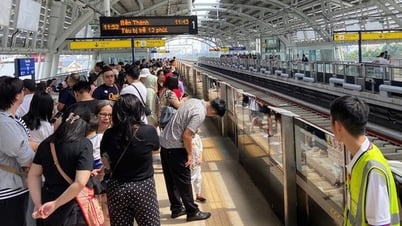

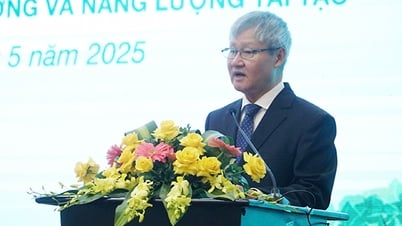

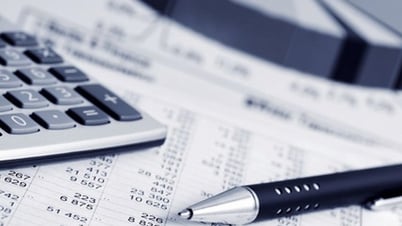
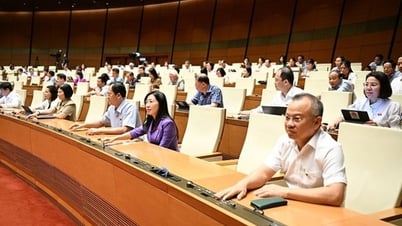

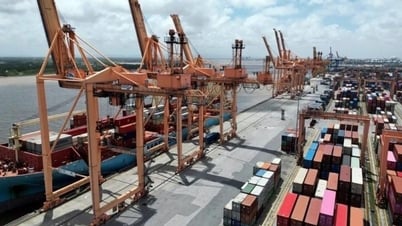





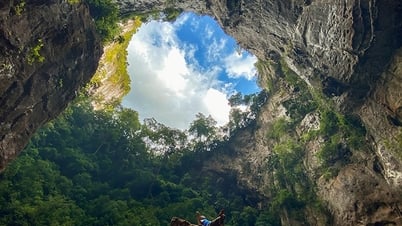
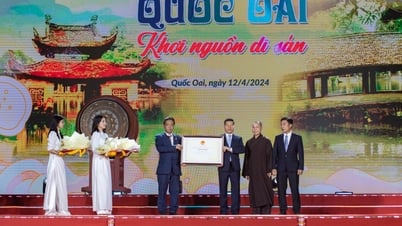

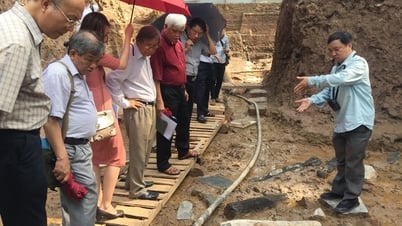
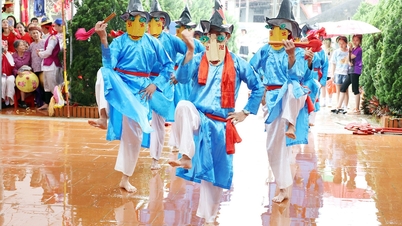
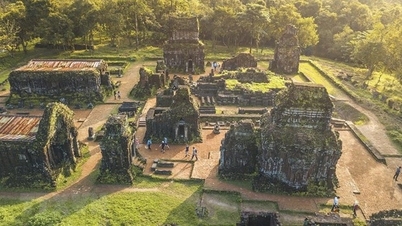















































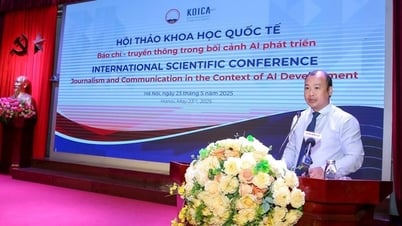
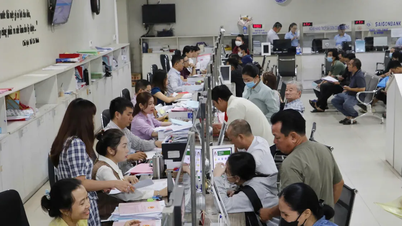

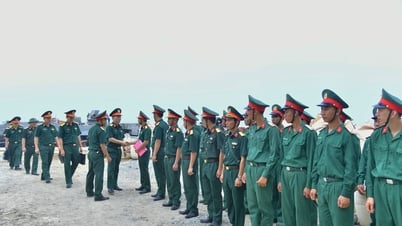

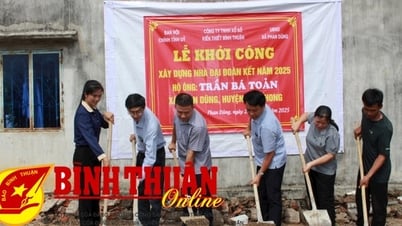

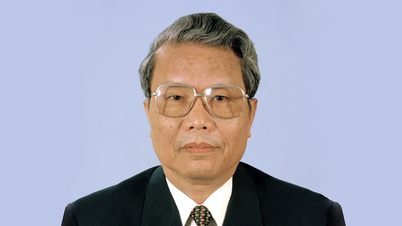
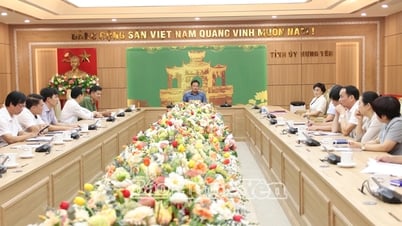

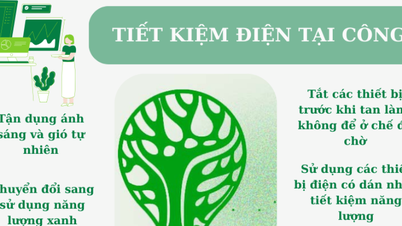













Comment (0)